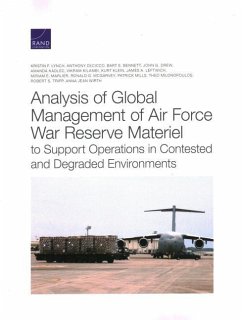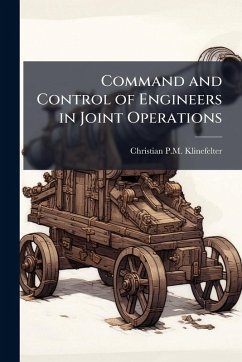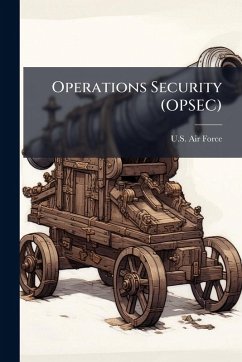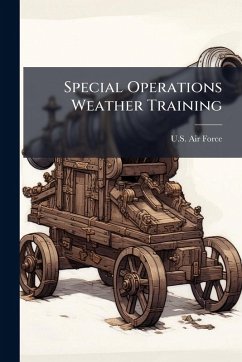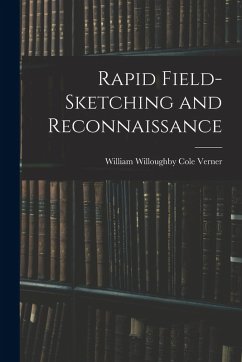
Intelligence, Surveillance, and Reconnaissance Support to Urban Operations

PAYBACK Punkte
8 °P sammeln!
This monograph addresses the research question: are there unique ISR capabilities to support urban military operations? The desire to explore this research question is based on the conditions: (1) shift in demographics and economics to urban areas into 2030; (2) increase of U.S. military operations on the urban landscape since the 1990s; (3) potential use of urban areas by determined foes as an asymmetric approach; and (4) availability of literature questioning if there are adequate ISR capabilities to support urban military operations. The methodology for the research consists of a thorough l...
This monograph addresses the research question: are there unique ISR capabilities to support urban military operations? The desire to explore this research question is based on the conditions: (1) shift in demographics and economics to urban areas into 2030; (2) increase of U.S. military operations on the urban landscape since the 1990s; (3) potential use of urban areas by determined foes as an asymmetric approach; and (4) availability of literature questioning if there are adequate ISR capabilities to support urban military operations. The methodology for the research consists of a thorough literature review on the characteristics of an urban environment, especially the effects that it has on threat and friendly forces operations; ISR capabilities currently in the Army as well as part of ongoing research and development programs; and case studies of Grozny, Chechnya and Hue, Vietnam. Analysis of available literature was sufficient for making generalizations of the unique ISR capabilities required to support military operations on the urban terrain compared to the conventional, open battlefield. There is a need for innovative ISR capabilities on the modern urban battlefield. The challenge of operating on urban terrain is multi-dimensional. In contrast to open terrain, the urban landscape has limited open maneuver and observation areas with line of sight concerns because of the density of man-made structures and population, subterranean areas, and possibly natural terrain features. ISR capabilities in urban areas should include both human and technical assets, representing all the intelligence disciplines. As ISR systems are designed, there should be emphasis on as many collectors as possible to be unmanned; miniature, unobservable (stealthy); capable of transmitting what they see, hear, smell and/or sense through walls, windows, tunnels, and electrical conduits; and are part of a network centric architecture. The ongoing Army initiative to transform from a legacy f This work has been selected by scholars as being culturally important, and is part of the knowledge base of civilization as we know it. This work was reproduced from the original artifact, and remains as true to the original work as possible. Therefore, you will see the original copyright references, library stamps (as most of these works have been housed in our most important libraries around the world), and other notations in the work. This work is in the public domain in the United States of America, and possibly other nations. Within the United States, you may freely copy and distribute this work, as no entity (individual or corporate) has a copyright on the body of the work. As a reproduction of a historical artifact, this work may contain missing or blurred pages, poor pictures, errant marks, etc. Scholars believe, and we concur, that this work is important enough to be preserved, reproduced, and made generally available to the public. We appreciate your support of the preservation process, and thank you for being an important part of keeping this knowledge alive and relevant.




